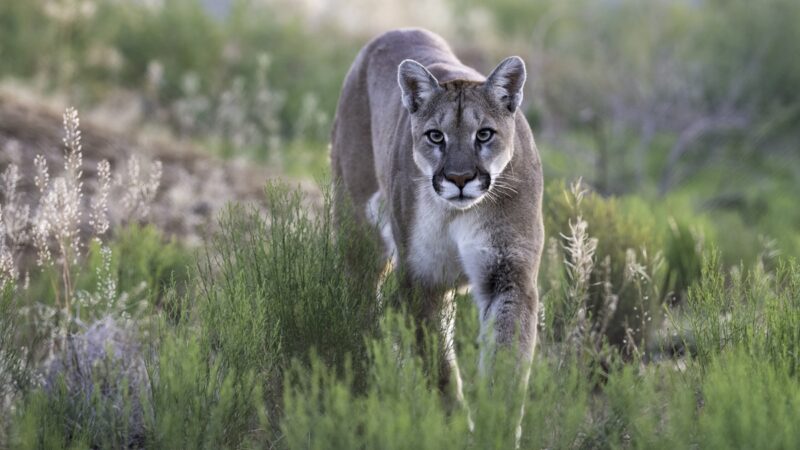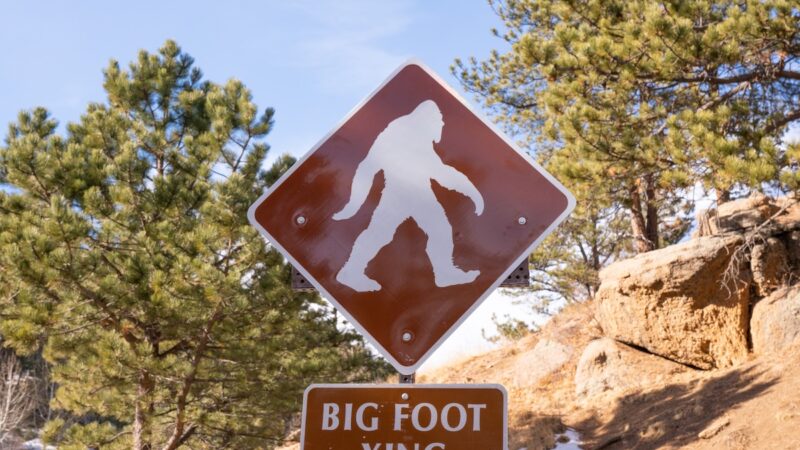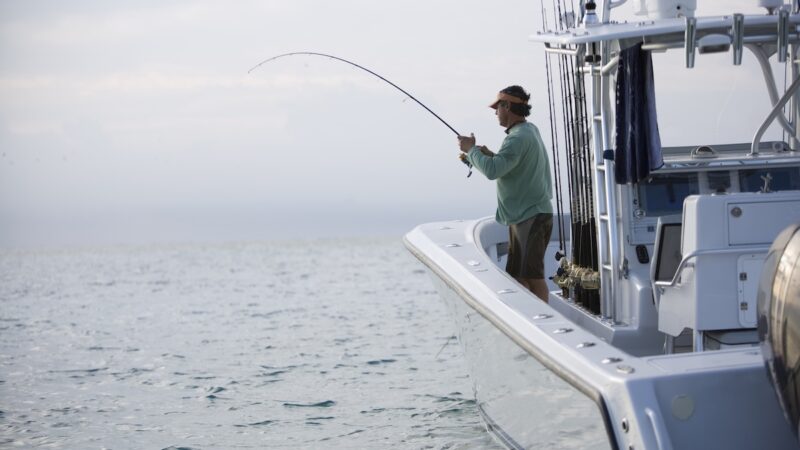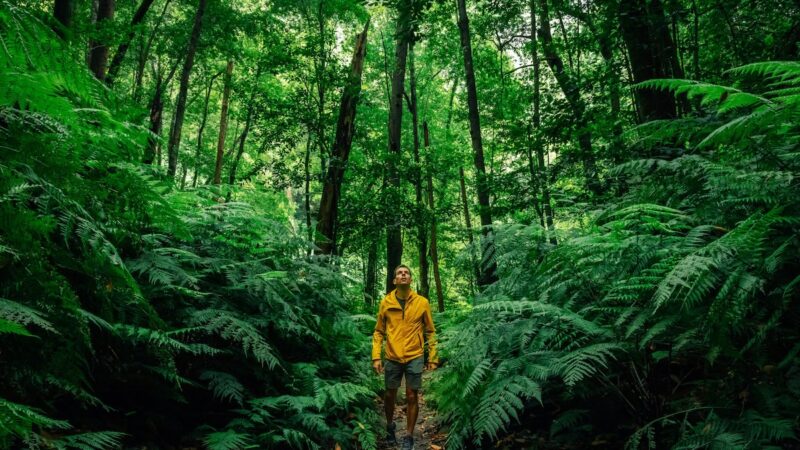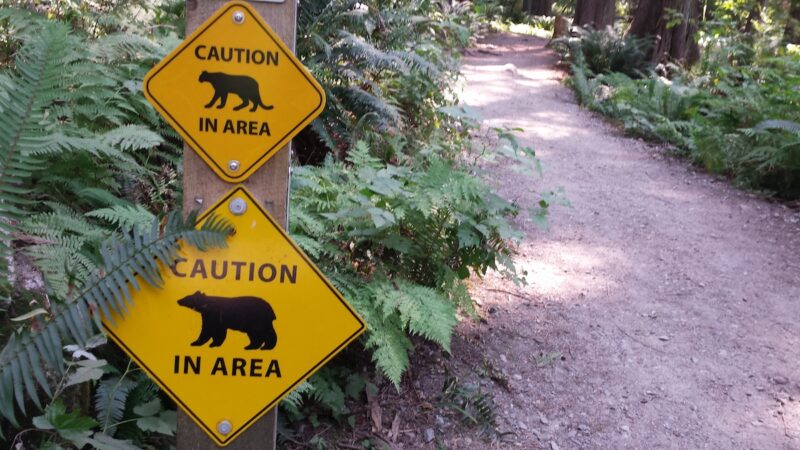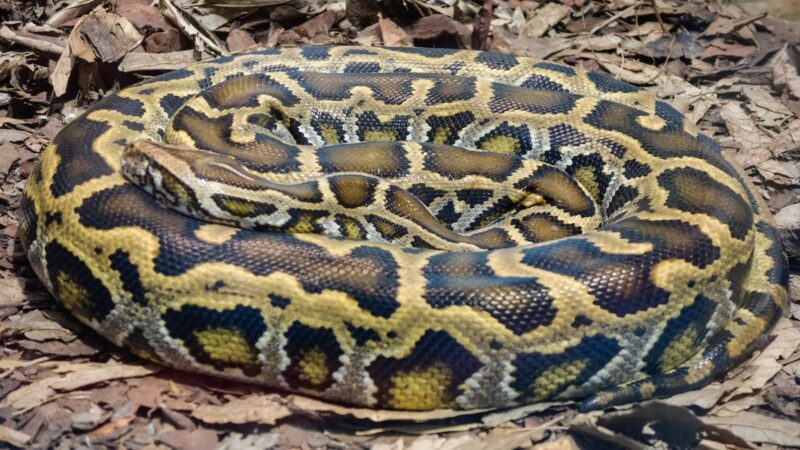How to Identify Toxic Mushrooms, According to Bear Grylls
In his survival books and TV shows, Bear Grylls has talked about mushrooms as a valuable food source in the wild. He says that knowing how to identify edible mushrooms is a great skill to have – but the important thing to remember is that many mushrooms are poisonous, and if you eat the wrong ones, it can prove fatal.
Videos by Outdoors
Disclaimer: Never eat a mushroom unless you are absolutely sure what it is. This advice should be just part of your diligent research before foraging for wild edibles.
Mistaken Identity
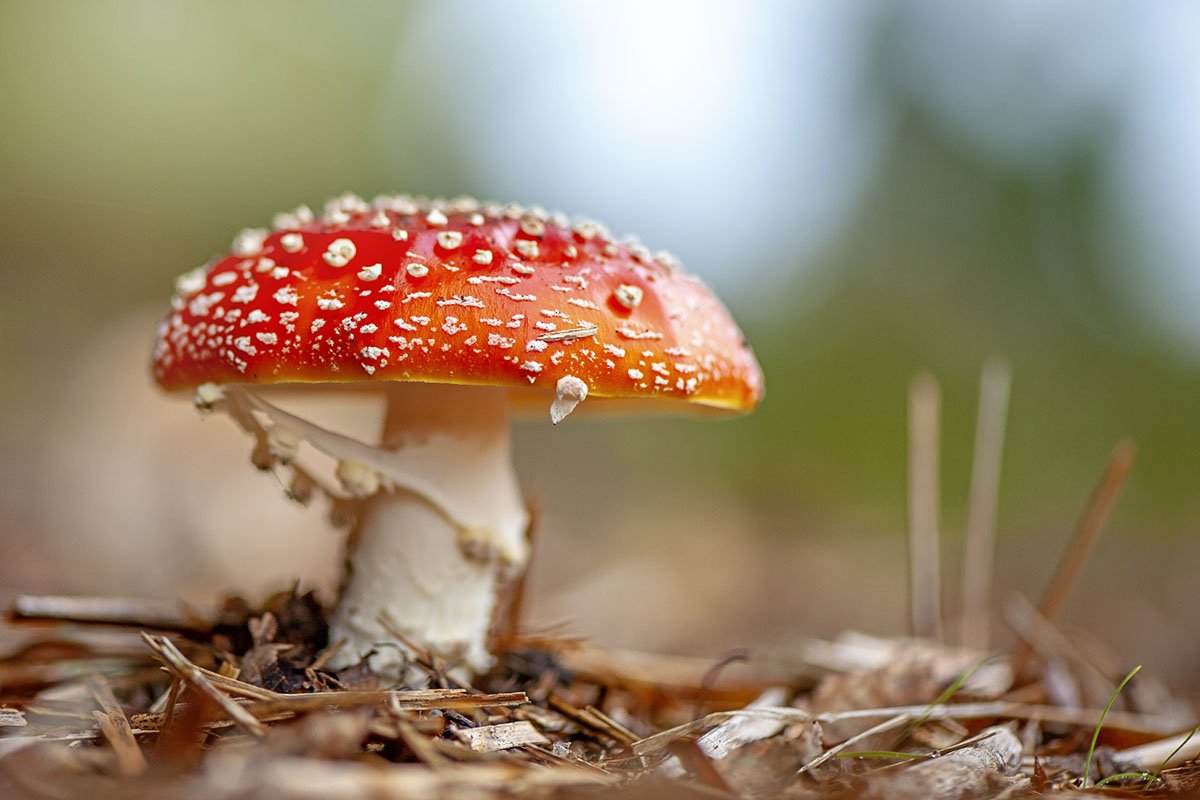
Poisonings and deaths from misidentifying mushrooms happen every year. Poisonous mushrooms often resemble species that are edible – with similar colors and shapes, so it can take experience to be able to correctly identify what is safe.
Anyone collecting mushrooms should always know how to identify a mushroom and whether it is toxic or not. This comes from consulting field guides, doing research, and then rummaging through the forests “preferably with somebody who has extensive experience of mushroom-hunting,” says Bear in his book Extreme Food.
What to Look for

In Extreme Food, Bear outlines the three criteria that he uses when trying to identify a mushroom.
“You need to know what to look for in a mushroom if you want to have any hope of identifying it. There are three main criteria you have to consider: its season, its habitat and its appearance,” he writes.
Season
While fall is a popular season for mushrooms to appear, some continue to emerge through winter, and others emerge in the spring, so it’s a good idea to know the seasons of different mushrooms — both edible and toxic.
Habitat
“Some mushrooms grow only near beech trees, others grow only near oak. Some pop up individually, others in clusters,” says Bear in Extreme Food. He recommends that you make a careful note of exactly where you find a mushroom for a better chance of identifying it correctly.
Appearance
The size, shape, and texture of the cap and whether it can be peeled or not; the size, shape, and texture of the stem; and the color, texture, and spacing of the gills or tubes beneath the cap are all important in identifying a mushroom. In addition, you should also look at the properties of the mushroom’s flesh – whether it’s rubbery or crumbly, and whether it has any smell or any color change when cut.
Bear says there are also some old wives’ tales that you should ignore about mushrooms:
“Don’t listen to anyone who tells you that a mushroom is safe to eat if you can peel the cap (you can peel the cap of the most poisonous mushroom in the world),” he says.
He also says to ignore anyone who tells you a mushroom is safe to eat because it’s growing on wood (not true) or that it’s safe for humans if you see an animal eating it (also not true).
Finally, ignore advice that says cooking a poisonous mushroom makes it edible (it doesn’t).
Don’t Take Shortcuts
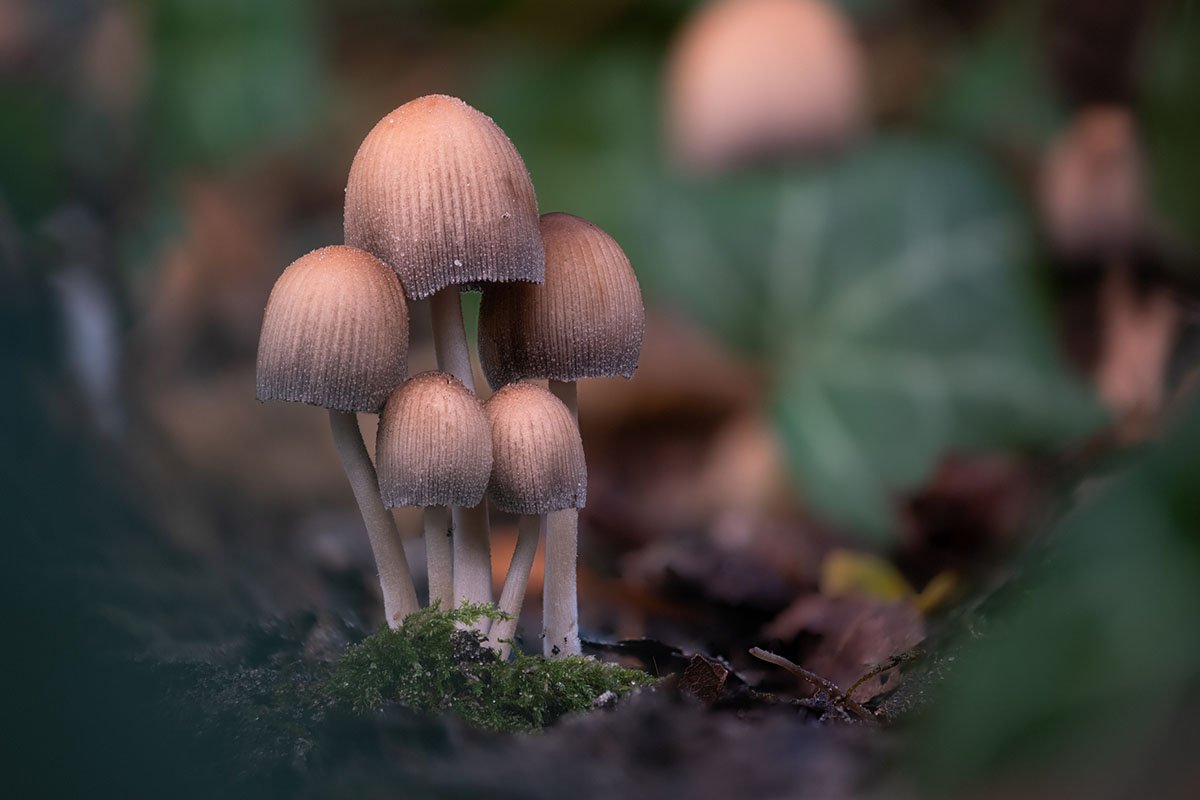
Bear’s advice is that there are no shortcuts to identifying mushrooms.
“The only way to tell if a mushroom is safe to eat is by positively identifying it with a
reliable field guide. This is an area of wild food survival where you really don’t
want to make any mistakes,” he says.
For more information about edible and toxic mushrooms, check out these guides from Outdoors.com:
Source: https://outdoors.com/how-to-identify-toxic-mushrooms/


